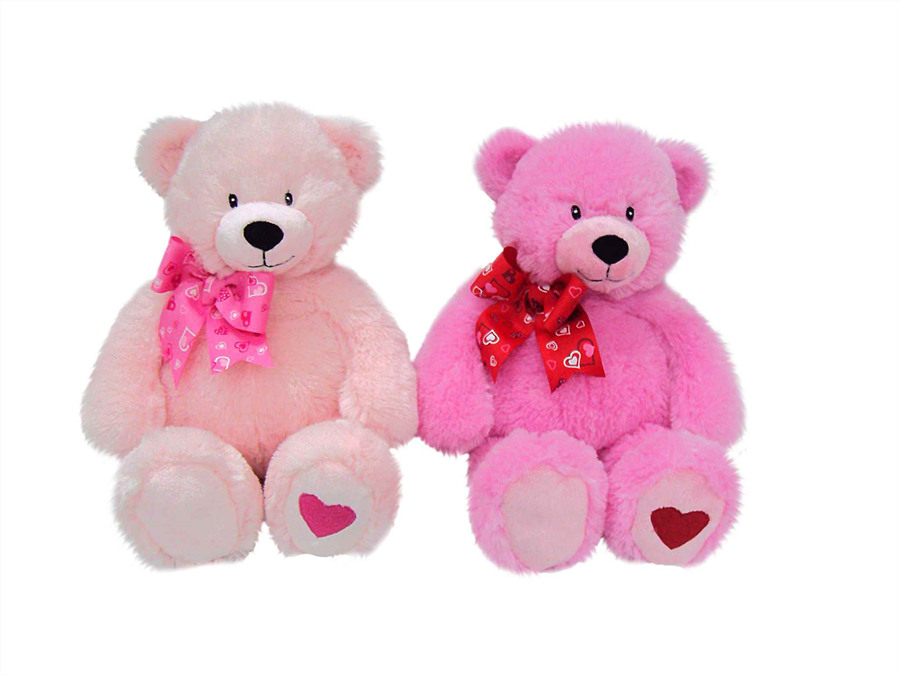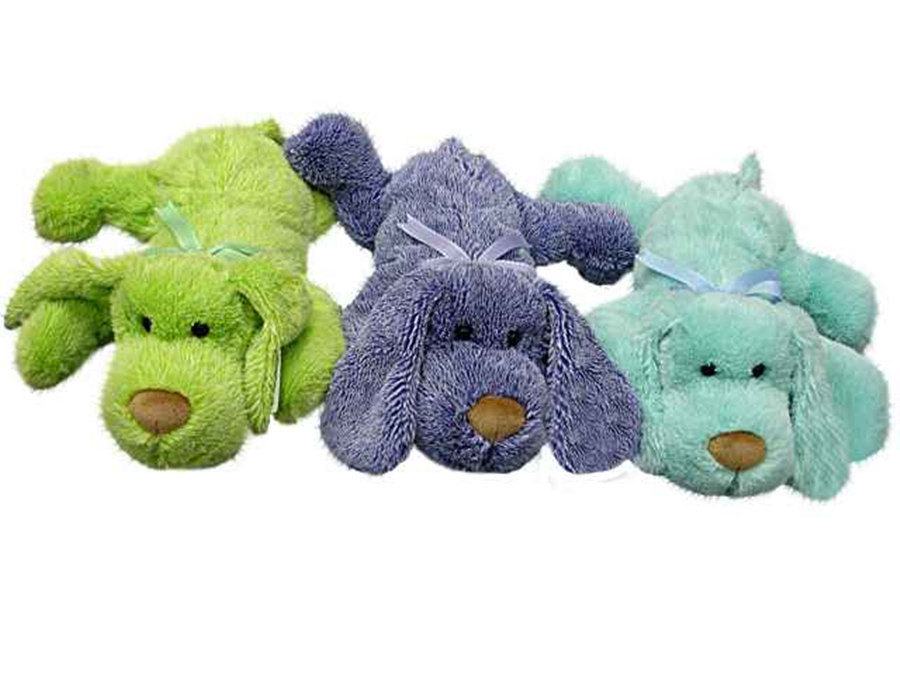Introduction: The importance of Keeping Plush Toys Clean and Well-Maintained

Plush toys wash stuffed animals, often referred to as stuffed animals, are not just playthings but cherished companions to both children and adults alike. They comfort, entertain, and are often essential to our fondest memories. Yet, these cuddly friends are susceptible to wear, tear, and dirt accumulation due to regular use. Thus, properly cleaning and maintaining these precious items become essential to extend their life, retain their cuddly feel, and ensure their safe use.
One common concern about washing stuffed animals is the fear of damaging them. These toys often bear the brunt of daily life, from food spills to outdoor adventures, and they can harbor germs, dirt, and allergens. Keeping them clean is crucial for hygiene and health, especially if they are loved by children who may have allergies. However, the fear of faded colors, distorted forms, or loose threads often makes us reluctant to give them a much-needed wash.
This guide will help alleviate these concerns by providing comprehensive steps and tips on washing and taking on how to wash and take care of your plush toys properly, ensuring they remain clean, safe, and cuddly for years to come.
Understanding Care Instructions for Your Plush Toys

A. Reading and understanding toy care labels
Before you start cleaning your plush toys, it’s essential to read and understand the care labels attached to them. These labels provide valuable information on properly cleaning and maintaining your stuffed animals without damaging their materials or structure. Care labels usually contain symbols and instructions indicating whether a toy is machine washable, hand washable, or spot cleaned. They may also provide guidance on the appropriate water temperature and laundry detergent or type to use.
To ensure you’re following the correct procedures for washing your older stuffed animals and toys, familiarize yourself with common care label symbols and their meanings. This knowledge will empower you to make informed decisions when it comes to cleaning and maintaining your plush toys, ultimately extending their lifespan and preserving their appearance.
B. Why care instructions are critical in cleaning plush toys
Care instructions are crucial in cleaning plush toys because they outline the best practices for preserving the toy’s quality, appearance, and safety features. Following these guidelines is essential for several reasons:
Different materials: Plush toys may be made from various materials, such as polyester, cotton, or acrylic fibers. Each material requires different care methods to maintain its integrity and ensure the toy remains soft and cuddly.
Delicate components: Many stuffed animals have delicate parts, such as glued-on eyes, battery packs, or music boxes. Ignoring care instructions could result in damage to these components, rendering the toy unsafe or unusable.
Preventing damage: Improper cleaning methods may cause harm to the toy’s fabric, color, and shape. By adhering to care instructions, you can prevent irreversible damage and keep your plush toys looking their best.
Hygiene: Following care instructions ensures that your stuffed toys are cleaned thoroughly and safely, eliminating dirt, dust mites, and allergens that could pose health risks.
In conclusion, understanding and implementing the care instructions for your plush toys is vital for maintaining their quality, appearance, and safety features. By familiarizing yourself with care label symbols and following recommended cleaning procedures, you can enjoy clean, well-maintained plush toys that will last for years to come.
Preparation: Before the Washing Process

Proper preparation before washing plush toys is essential to ensure their longevity and maintain their appearance. Thorough inspection and pre-treatment for stubborn stains are crucial steps in the process.
A. Inspecting the toy: Loose strings, plastic parts, and glued-on eyes
Check for loose strings: Inspect the toy for any loose threads or seams that need repair. Mend or trim them to prevent further damage during the washing process.
Examine plastic parts: Pay attention to any plastic parts, such as buttons, tags, or accessories, that may be damaged or detached during washing. Remove them if possible, or take extra care when cleaning the toy.
Assess glued-on eyes and other decorations: Look closely at glued-on eyes, sequins, or other embellishments. If they are securely attached, proceed with caution; if not, consider hand-washing the toy or taking it to a professional cleaner.
B. Pre-treatment for stubborn stains
Identify stains: Look for any visible stains on the toy, such as food, ink, or dirt. Determine the type of stain to choose the most effective pre-treatment method.
Choose a stain remover: Select a suitable stain remover based on the type of stain and the toy’s material. Always opt for a gentle, non-toxic, and color-safe product to avoid damaging the toy.
Apply the stain remover: Test the stain remover on an inconspicuous area of the toy to ensure it doesn’t cause discoloration or damage. If it’s safe, apply the remover directly to the stain, following the product’s instructions.
Allow the stain remover to work: Give the stain remover some time to break down the stain. This duration could range from a few minutes to several hours, depending on the product and the severity of the stain.
By following these preparation steps before washing plush toys, even stuffed animals, you can ensure that they are cleaned effectively while preserving their quality, appearance, and safety features. Proper care and maintenance will keep stuffed animals looking and feeling their best, providing enjoyment and comfort for years to come.
Methods for Cleaning Stuffed Animals

Proper cleaning methods for stuffed animals can help maintain their appearance and ensure their longevity. Depending on the specific needs of your plush toy, you can choose from various cleaning techniques, such as hand-washing, machine-washing, or spot-cleaning. Each method has its benefits and is suitable for different stuffed toy types and conditions.
A. Hand-washing: Gentle and detailed cleaning
Hand-washing is a gentle and effective way to clean your plush toys, especially those with delicate fabrics, embellishments, or intricate designs. To hand-wash a stuffed animal, follow these steps:
Fill a sink or basin with lukewarm water and add a small amount of mild detergent.
Submerge the toy in the soapy water and gently squeeze it to allow the water to penetrate the fabric and reach the stuffing.
Use a soft cloth or sponge to gently scrub the toy’s surface, focusing on any stained or dirty areas.
Rinse the toy thoroughly with clean water, ensuring all soap residue is removed.
Gently press the toy to remove excess water, being careful not to damage it.
Allow the toy to air-dry, preferably in a well-ventilated area. Avoid using direct heat sources, such as hairdryers or radiators, as these can damage the toy’s fabric.
B. Machine-washing: Efficient cleaning for durable toys
Machine washing is an efficient method for cleaning durable plush toys. Before machine-washing a toy, check the care label to ensure it’s safe for this method. Follow these steps for machine-washing:
Place the toy in a pillowcase or laundry bag to protect it during the wash cycle.
Choose a gentle cycle and use cold or lukewarm water to prevent color fading or fabric damage.
Add a mild detergent, avoiding bleach or fabric softeners.
Once the cycle is complete, remove the toy from the pillowcase or laundry bag and gently press it to remove excess water.
Air-dry the toy in a well-ventilated area, away from direct heat sources.
C. Spot-cleaning: Focusing on smaller stains and surface dirt
Spot cleaning is ideal for addressing small stains or surface dirt without the need for a full cleaning. This method can be used on most stuffed animals and all types of plush toys, as long as you’re gentle and use the appropriate cleaning solution. To spot-clean a stuffed animal, follow these steps:
Mix a solution of mild detergent and lukewarm water in a small bowl.
Dip a clean cloth or sponge into the solution and wring out excess water.
Gently dab the stained or dirty area with the damp cloth, taking care not to saturate the toy’s stuffing.
If the stain persists, use a soft-bristled toothbrush to gently scrub the area.
Once the stain is removed, use a clean, damp cloth to remove any soap residue.
Allow the cleaned area to air-dry.
By following these cleaning methods, you can ensure your plush toys stay clean and well-maintained, prolonging their lifespan and keeping them looking their best.
Detailed Step-by-Step Guide to Hand Washing Stuffed Animals

A. Preparing your washing solution: Combine cold water and a few drops of mild detergent in a basin. Have a soft bristle brush ready to gently scrub the toy with cool water.
B. Gently washing and rinsing your stuffed animal: Dip the brush in the washing solution and gently scrub the toy’s surface, focusing on stained or dirty areas. Rinse the toy thoroughly with cold water, ensuring all detergent is removed.
C. Drying process: Either air dry the toy by placing it on a clean, dry towel in a well-ventilated area or use a hairdryer on a low setting, holding it at a safe distance from hair dryer to avoid overheating.
Navigating Machine Washing for Stuffed Animals

A. Choosing the right settings: Use a gentle cycle with cold water. Place the toy in a mesh bag, laundry bag or zippered pillowcase for added protection.
B. Tips for successful machine washing: Avoid overloading the washer and add gentle detergent. Consider placing a few towels in the washer for additional cushioning.
C. The drying process after machine washing: Air-dry the machine-washed used toy by placing it on a clean towel in a well-ventilated area or tumble dry on low heat if the care label permits.
Spot Cleaning: A Detailed How-To
A. When and why to use spot cleaning: Ideal for addressing small stains or surface dirt without fully submerging the toy in water.
B. Using the right tools and detergents: A soft cloth or sponge, cold water, and mild detergent are essential for spot cleaning.
C. Important considerations during the spot cleaning process: Gently dab or rub the stained area, being careful not to spread the stain further.
Post-Wash Care: Maintaining the Quality of Your Plush Toys

A. Tips for reshaping and fluffing plush toys post-wash: Gently squeeze and manipulate the toy to reshape it, and fluff the fur with a soft brush or your fingers.
B. Routine dusting and maintenance practices: Regularly dust your plush toys, clean stuffed animals with a soft, dry cloth, and keep them away from direct sunlight to prevent fading.
Enjoying Clean, Well-Maintained Plush Toys
A. Recap of key cleaning and maintenance tips: Choose the appropriate cleaning method, follow proper drying procedures, and maintain your plush toys regularly.
B. Encouraging the practice of regular plush toy care: By consistently caring for your plush toys, you can prolong their lifespan and keep them looking their best.
